Bufo bufo - Bufo spinosus
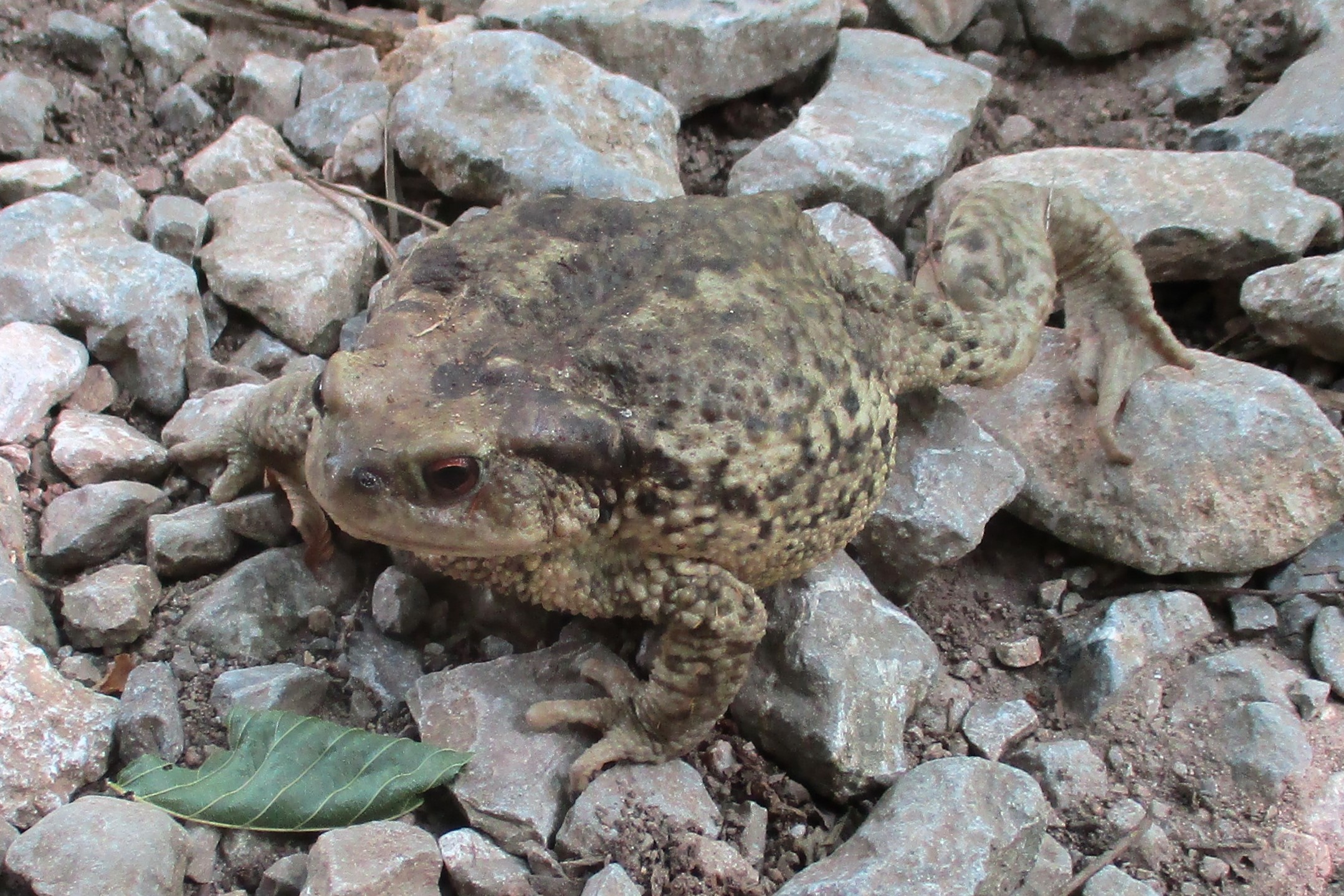

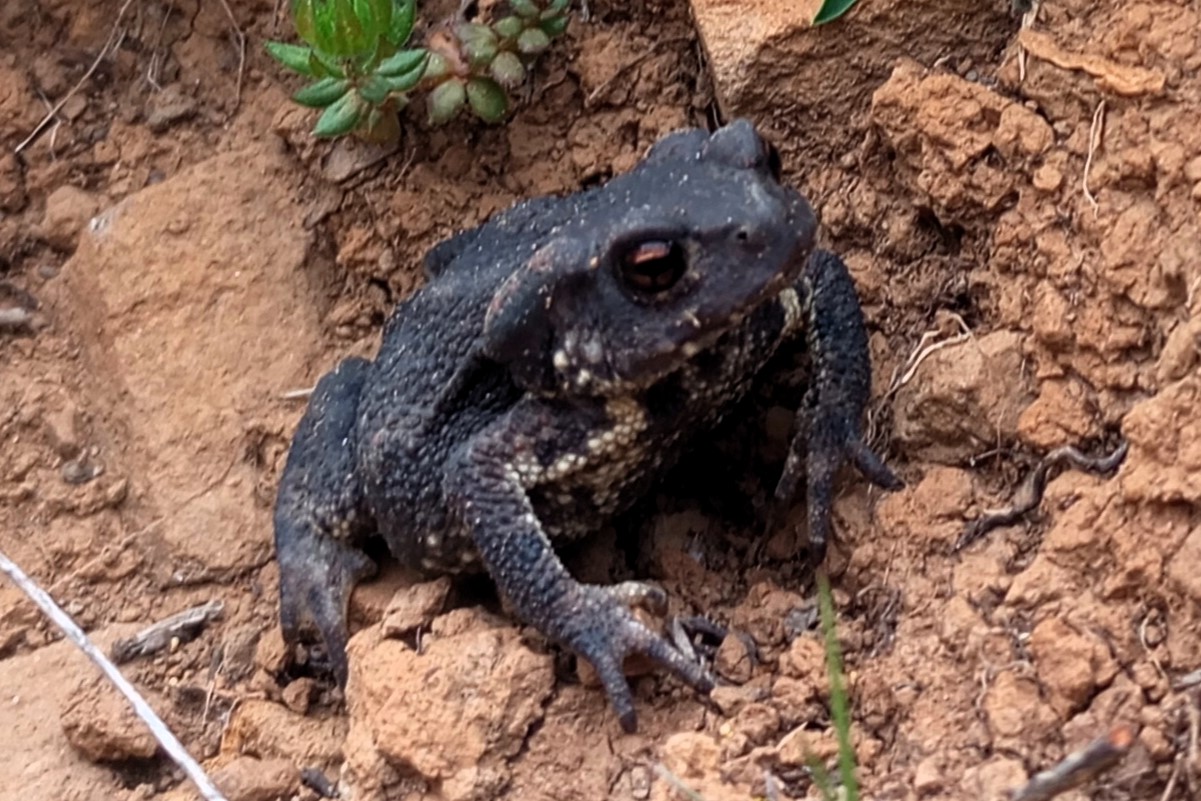
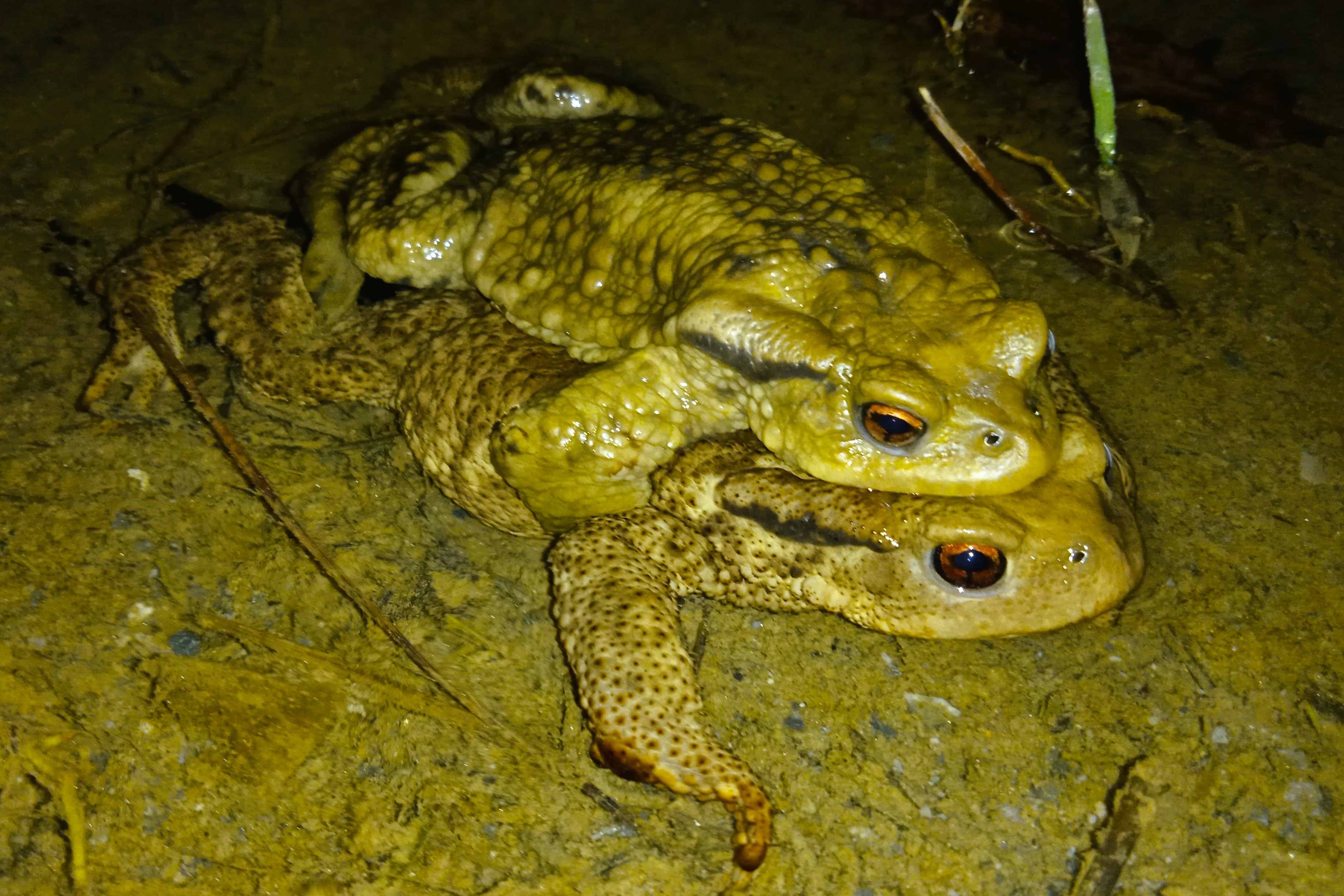
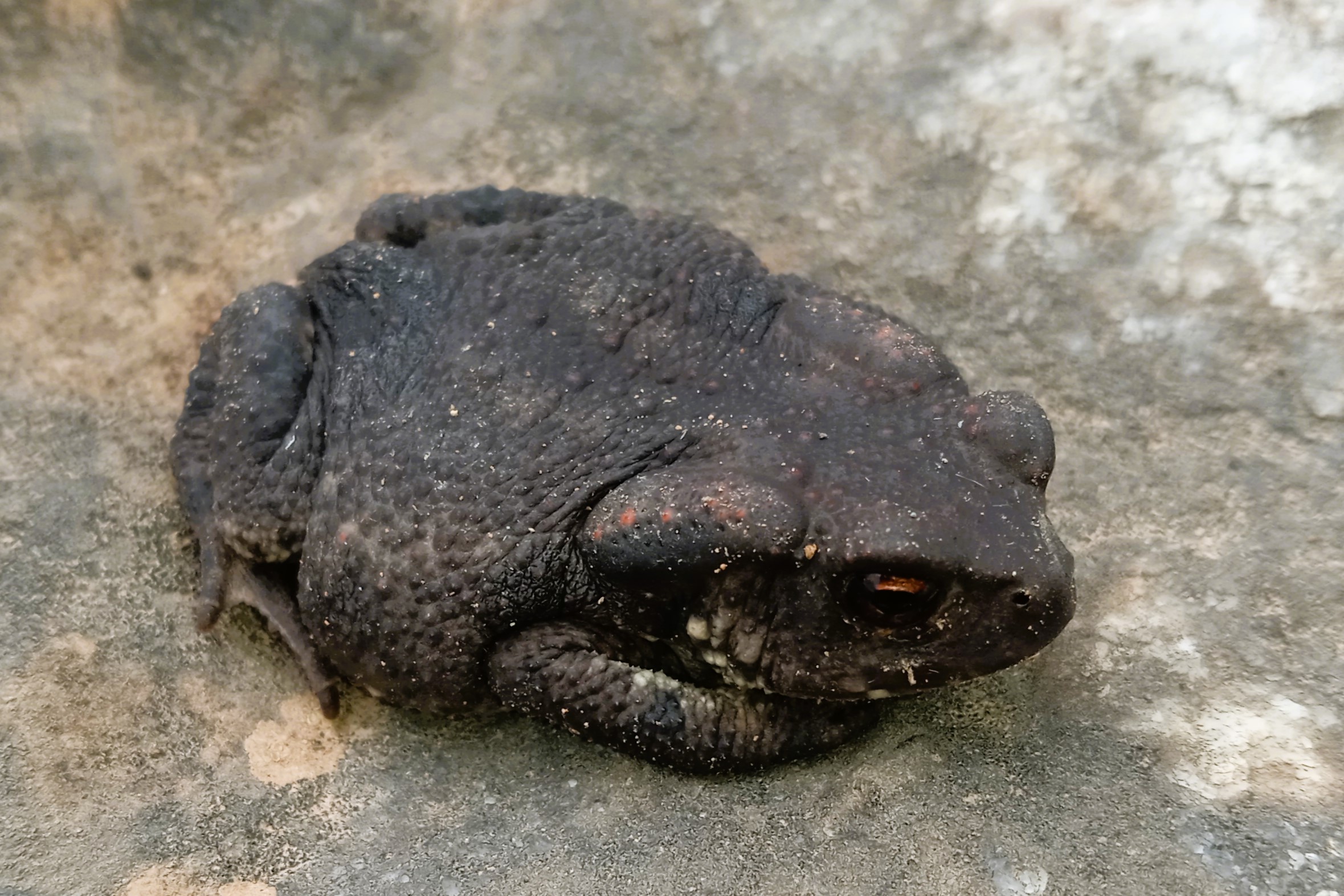
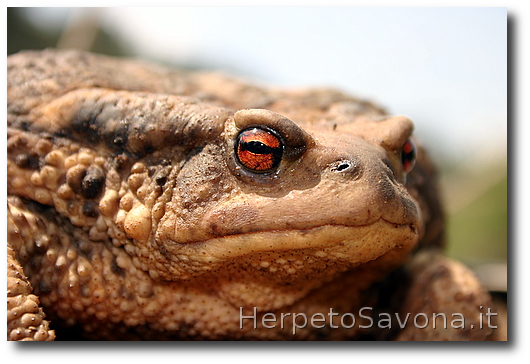
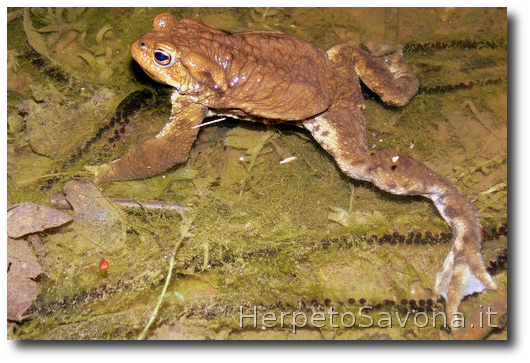

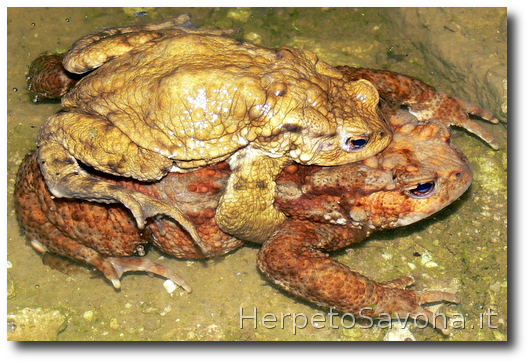
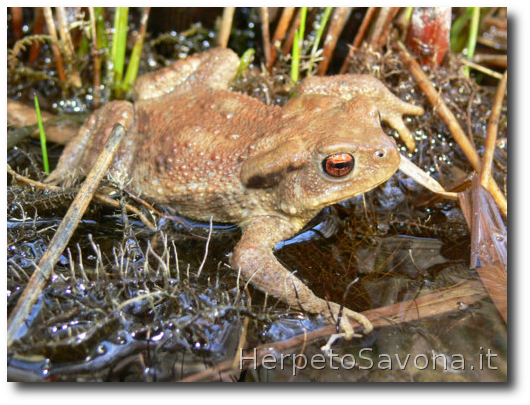
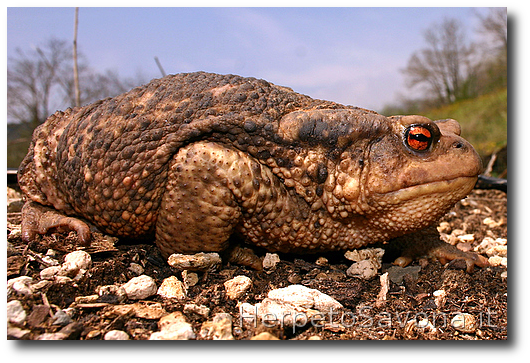
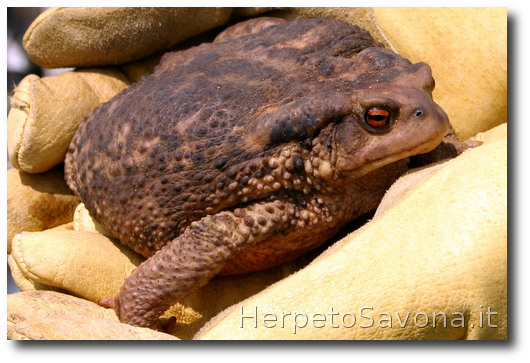
Amphibia → Anura → Bufonidae → Bufo → Bufo bufo
Amphibia → Anura → Bufonidae → Bufo → Bufo spinosus
Bàggiu
The Common Toad and the Western Common Toad are the largest European anuran amphibians and, overall (description, habits, diet, etc.), they are almost identical except for a rather subtle characteristic: Bufo spinosus has a more warty skin often covered with fine black horny spines, from which the name "spinosus" derives.
In Bufo bufo , the skin is warty as well, but more regular and less spiny.
Adult specimens reach considerable sizes, with females that can reach 6–7.9 in (15–20 cm) in length and generally smaller males (4–4.7 in [10–12 cm]); their bulk can be striking, especially at the beginning of spring, the period of reproductive movements. The body is stocky and robust, the skin rough and covered with glandular warts, often more evident on the back, which ranges from brown-yellowish to reddish-brown tones. The belly, lighter in color, tends toward whitish.
The head, short and wide, has two prominent elliptical parotoid glands, the site of defensive toxin secretion; in Bufo spinosus , these glands, seen from above, diverge more markedly outward than in Bufo bufo . The eyes are large and set laterally, with horizontal pupils adapted for nocturnal vision and coppery irises, varying from dark gold to bronzed red. The limbs, rather long, are equipped with strong digits; the back ones are webbed for effective swimming. In mature males, during the mating season, brown nuptial calluses appear on the first three fingers of the forelimbs. The tadpoles, dark brown almost black in color, can be recognized up to 1.6 in (4 cm) in length.
The male's call, audible for most of the breeding season on humid nights, consists of a sharp and intense croaking (cra-cra-cra of 2–5 syllables, typically 2–3 syllables per second), slowing down during mating.
The Common Toad ( Bufo bufo ) is found throughout almost all of continental Europe, except for Ireland, Iceland, the northern part of Scandinavia, Corsica, Malta, Crete, and some other smaller islands. Its range also extends northwest into Africa and into the temperate regions of Asia.
In Italy, Bufo bufo is a widely distributed species and can be encountered across the entire national territory.
The Western Common Toad ( Bufo spinosus ), on the other hand, occupies southern, western, and central France, the entire Iberian Peninsula, and probably also areas of North Africa, up to the northeastern foothills of the Atlas Mountains. In this region, the species has also been introduced to the island of Jersey (United Kingdom). In France, the eastern boundary of the Bufo spinosus range follows an imaginary line that, starting from Normandy, crosses Lyon to the south of the country and reaches western Liguria, in Italy.
In the province of Savona and in western Liguria both species are considered common, from sea level up to over 3,280 ft (1,000 m) in elevation, where they inhabit a variety of environmental contexts. Bufo spinosus is mostly found along the coast and in the immediate hinterland, while Bufo bufo is present mainly in the more inland valleys of the region.
Primarily terrestrial species but extremely adaptable, these two toads inhabit deciduous woods, coniferous forests, meadows, cultivated fields, gardens, and urban parks, showing remarkable tolerance even for anthropized environments. Their presence is invariably linked to the availability of temporary or permanent wetlands, essential for reproduction, such as ponds, small lakes, slow-flowing stream edges, pools, and even artificial tanks.
The Common Toad and the Western Common Toad are mainly active from dusk and during the night, spending the daylight hours hidden under stones, logs, walls, or inside abandoned burrows. They are cautious and shy animals, but during the breeding season (from March to early summer) they can undertake true mass movements: large groups travel even long distances from their winter shelters to suitable water sites for egg-laying.
Their defensive behavior is well developed: if threatened, they contract, inflate their bodies, lower their heads, and raise their hindquarters, trying to appear larger and less palatable to predators. They only jump if forced, preferring slow and awkward movement.
The reproduction involves axillary amplexus typical of bufonids; the female lays gelatinous cords with several thousand eggs, which she attaches to aquatic plants. After metamorphosis, the juveniles complete migration to terrestrial areas. Bufo bufo and Bufo spinosus overwinter, often in groups, from November to March in crevices, tunnels, or natural cavities protected from the cold.
Voracious predators, they feed mainly on arthropods (insects, earthworms, gastropods) and, only occasionally, on small vertebrates such as newborn mice. The tadpoles are generalists, feeding on both plant and animal debris. The adult diet helps naturally control insects considered harmful, including many agricultural pests.
These two species have effective defense mechanisms; however, some predators — such as water snakes ( Natrix helvetica , Natrix maura , Natrix tessellata ) and also some mammals like the Hedgehog (Erinaceus europaeus) — are immune to their toxin. The tadpoles are more subject to predation by aquatic birds and fish.
The main threats come from humans: destruction and fragmentation of wetland habitats, pesticide use, water pollution, and road mortality during spring migrations, when hundreds of individuals cross busy roads. The negative impact of these factors can lead to the decline of local populations.
These two toads possess parotoid and cutaneous glands that secrete bufotoxin, a complex of alkaloids and lactone steroids (including bufalin, C24H34O5). This substance is toxic mainly if ingested or injected into the bloodstream and acts on the nervous system (it can induce hallucinations or trance) and on the heart, where it can cause ventricular fibrillation; locally, it can have an anesthetic effect.
The median lethal dose (LD₅₀) of bufotoxin in mammals ranges from 0.36 to 3 mg/kg parenterally, although in humans, severe poisoning is rare and mainly related to intentional ingestion or contact with soft mucosa. It is recommended to handle toads with care, avoiding contact with mouth and eyes, and to wash hands thoroughly after any handling.
Recently, some compounds isolated from skin secretions have become the subject of study for potential applications in oncology and pharmacology, though these are still far from clinical use.